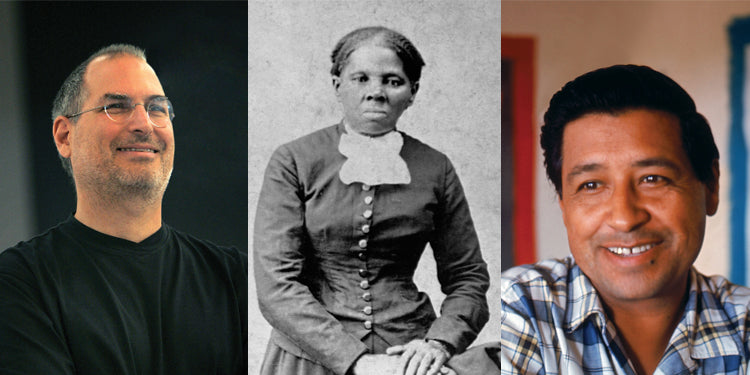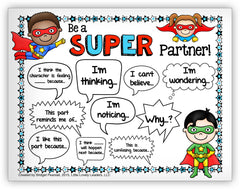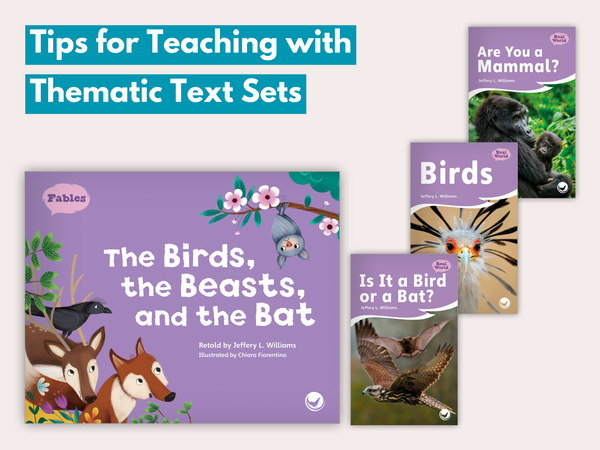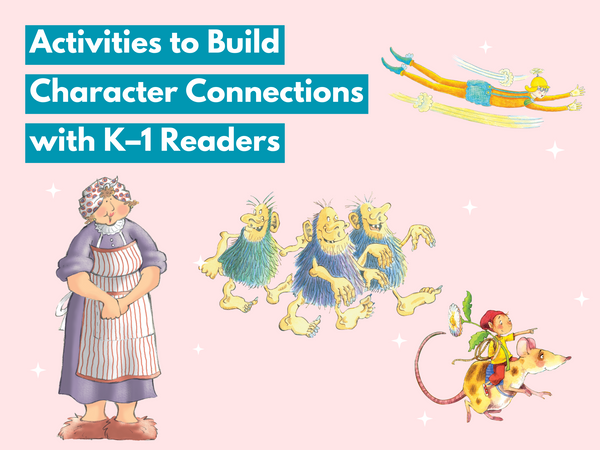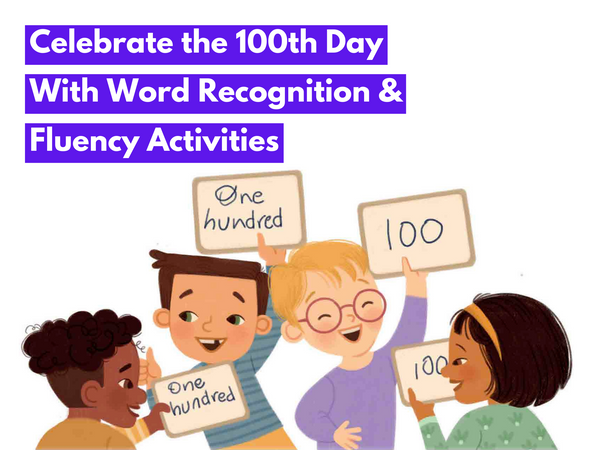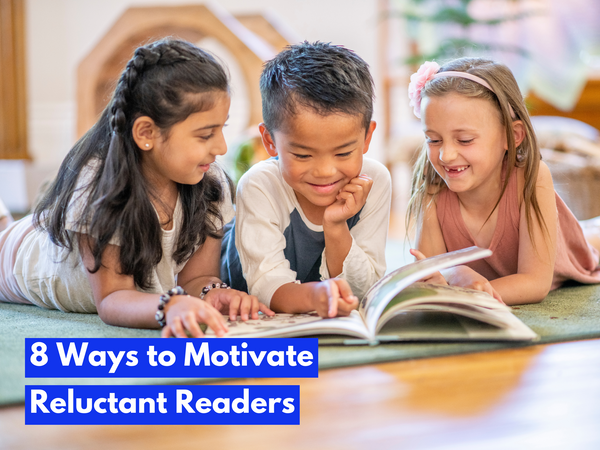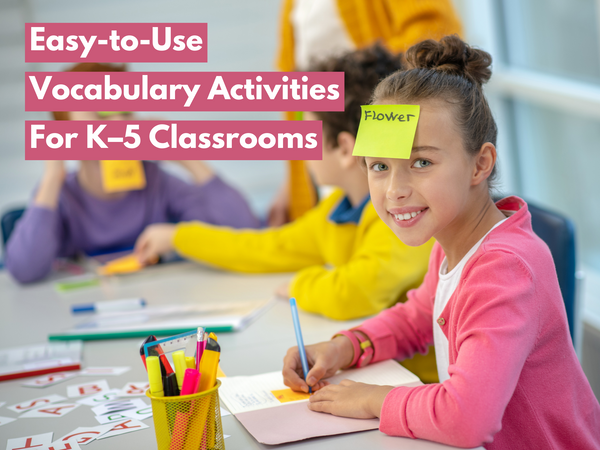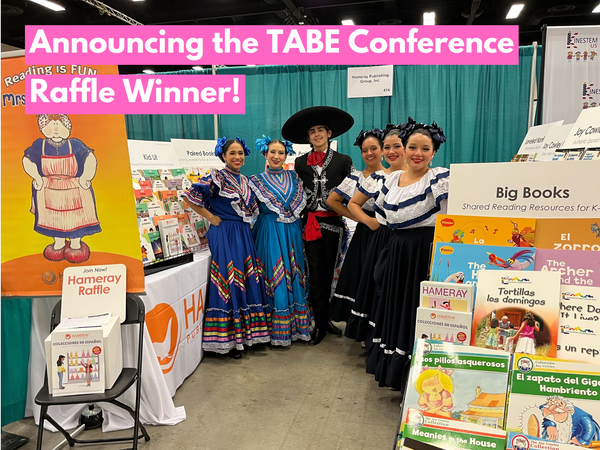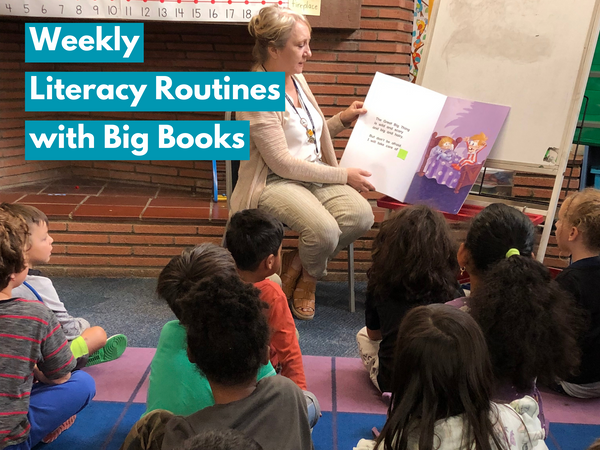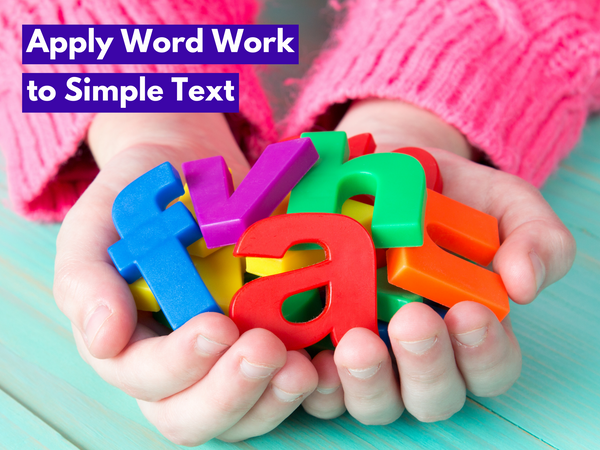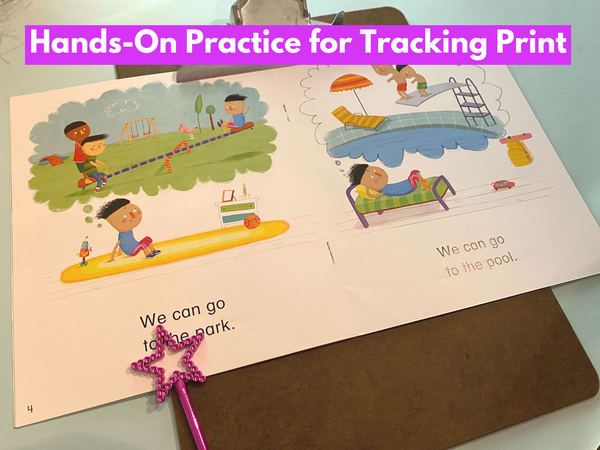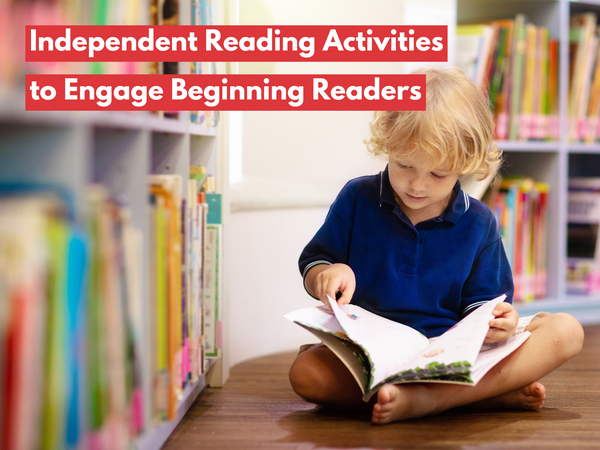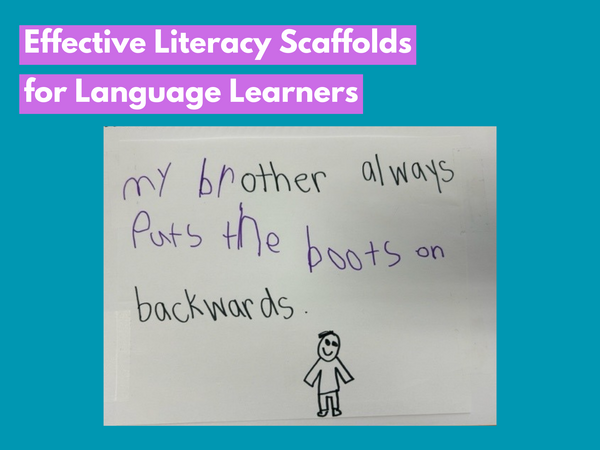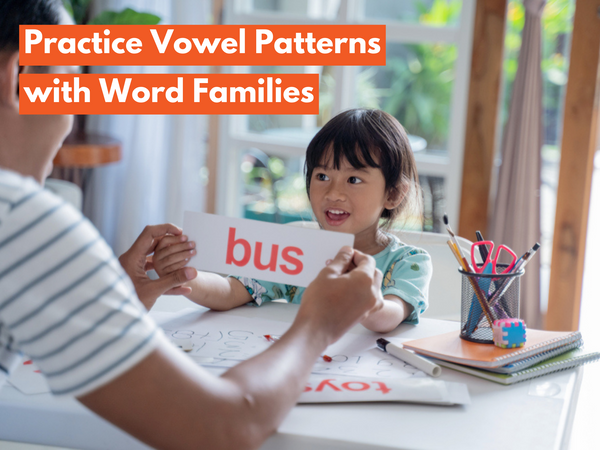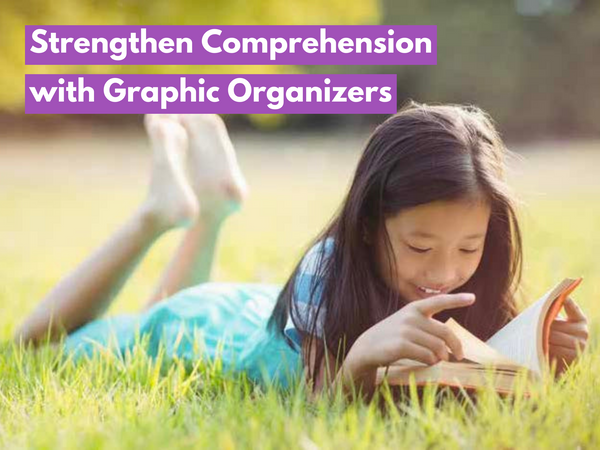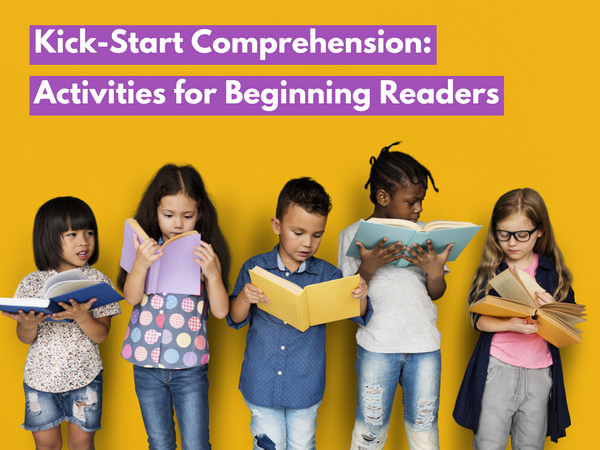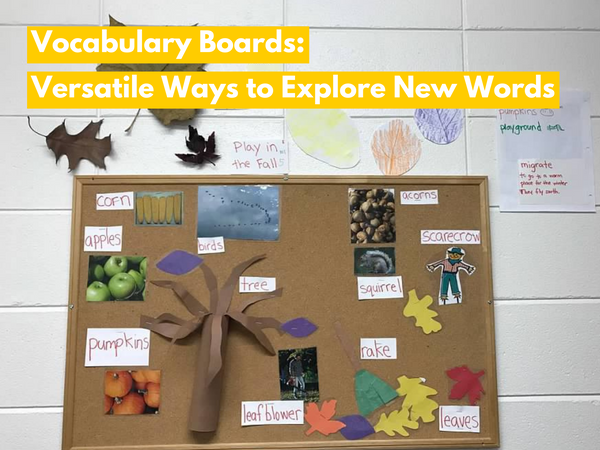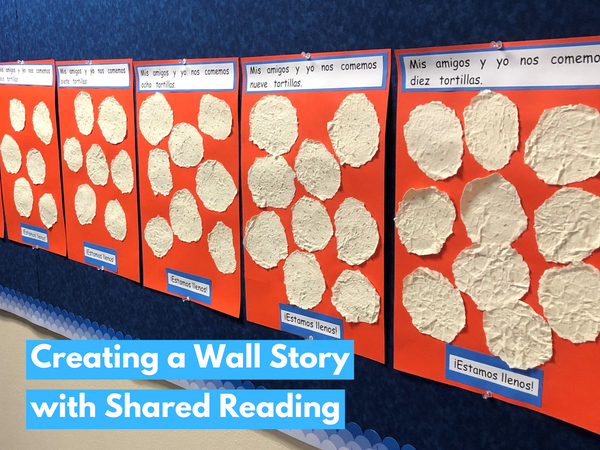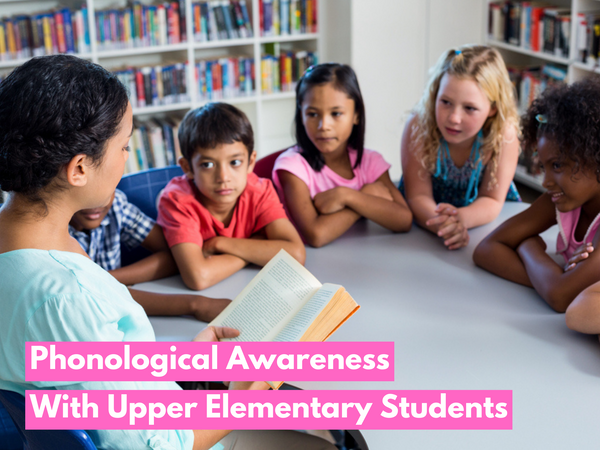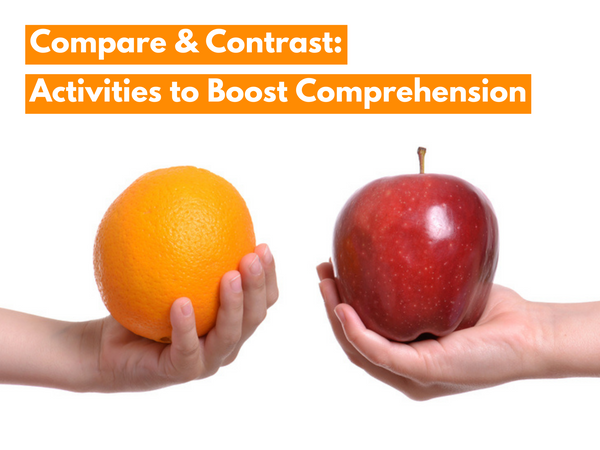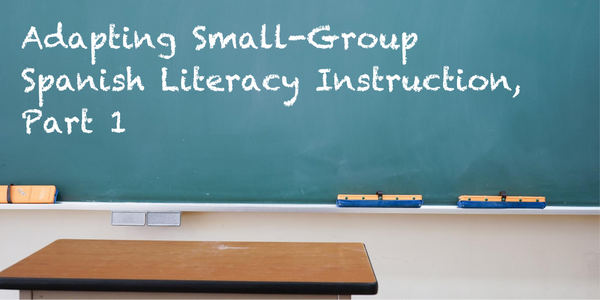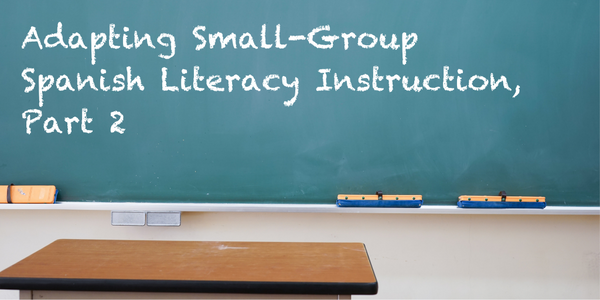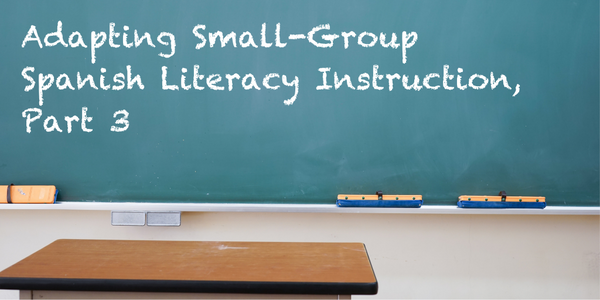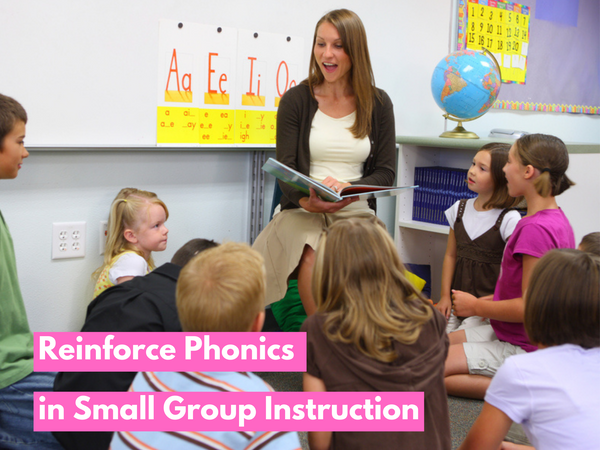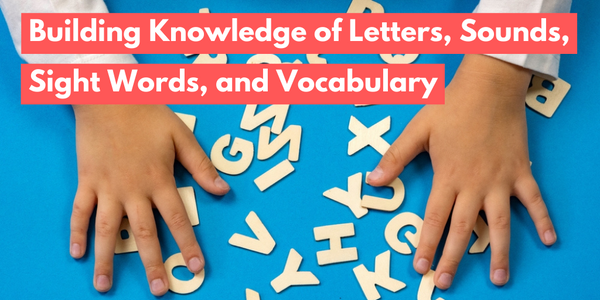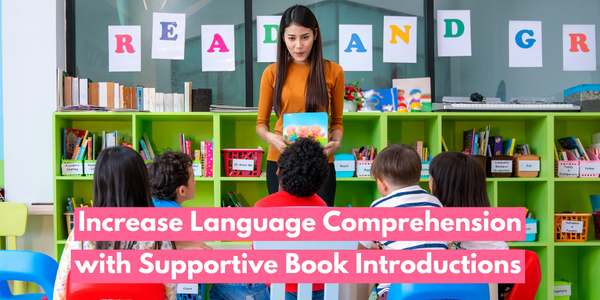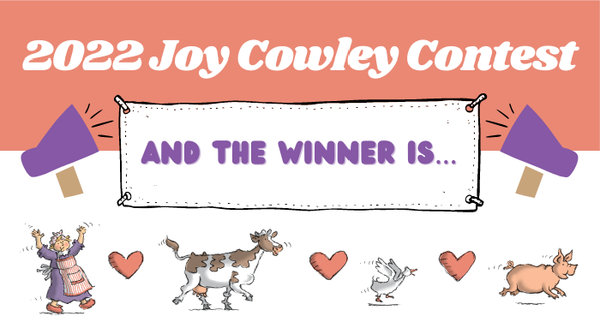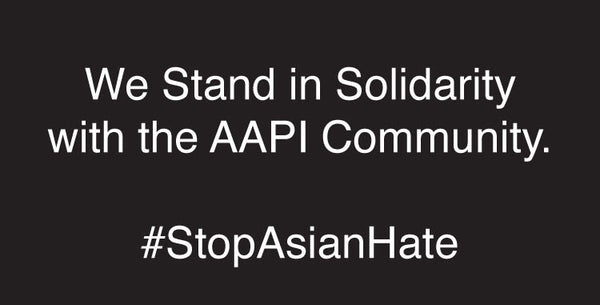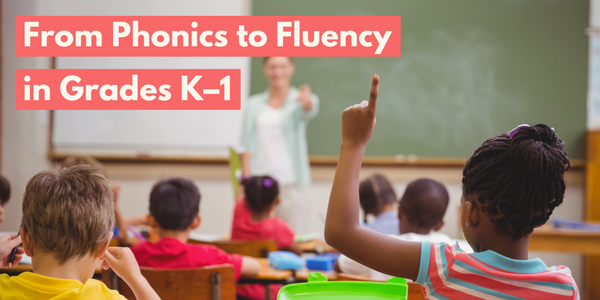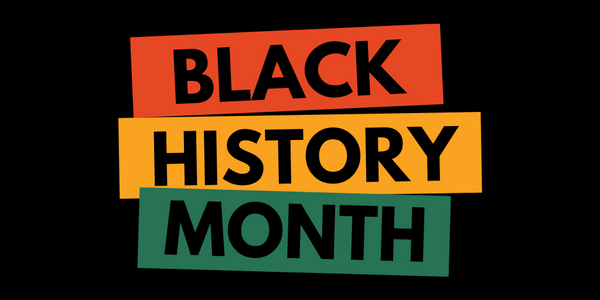
This is a guest blog post by fifth-grade teacher Bridget Pearsall, which features ideas for group work activities that allow students to work independently in the classroom. If you like what you see here, you can check out her blog, Little Lovely Leaders !
Every teacher’s goal throughout the year is to give their students the tools they need in order to work independently. We teach our students the individual skills they need for independent working, and then we see how well the students do once they have to use those skills on their own. However, group work is an extremely important part of the real world. As adults, we all work with others on a daily basis. I have found in my classroom that there are a certain few group-work activities that spark student learning more than others, while also allowing the students to use the independent working skills you have taught them.
I used the Hameray Biography Series for the group-work activities to you will see pictured below. The students loved these books! There are so many different biographies to choose from, and I was able to use ones that I knew my students would be interested in.

From left to right: Steve Jobs , Jane Goodall , Amelia Earhart , Henry Ford , Eleanor Roosevelt , and Harry Houdini
1. The “Note-Taking” Group:
Separate students into groups of about three to four students. I have seen that in groups of more than four students, some students are able to sit back and not partake in the group work as much as others. Students use their source, which in this case was their biography book, and take turns reading different sections/chapters. The students decide together what is important enough to write down on their notes. Whether it be a quote or a paraphrased part of the story, the students decide on their own how they want to write it on their notes.

When the group is done reading, everyone’s notes may look different. I always make sure to tell my students this, because if not, then they all just copy what one of their group members says to write. I use a form of Cornell Notes that works really well in my classroom (downloadable at the bottom of the page), and it gives them a great note-taking technique to use when they enter adulthood, as well. The students work together to read and take notes; however, they are independently deciding what is important to write down and how to write it. Last, they use their notes to create a poster or presentation as a group. This allows for the skills of compromise and teamwork to be used.

2. The “Jigsaw” Group:
This is one of my favorite forms of group work. Students work to become an “expert in their field.” In my classroom, the students had become an expert on their biography; for example, some of my students were experts of Steve Jobs. Once all groups are done with their note-taking and studying, then split the groups up differently. I have one student from each group join together to make a new group. In this new group, there should be an expert from each of those other groups. In my class, the new group contained an expert of Steve Jobs, an expert of Amelia Earhart, an expert of Harry Houdini, etc.
The students now go around their group and tell their classmates about the person they studied. The other kids are super excited to hear the important facts about each famous person. The students share important quotes and fun facts about their person, and then the next person does the same thing. The students get to feel important, like experts. They know something that their classmates do not. My students are so excited to share their information that it makes them listen better to their classmates because they want that same respect when it is their turn. They are also reading from their own notes.
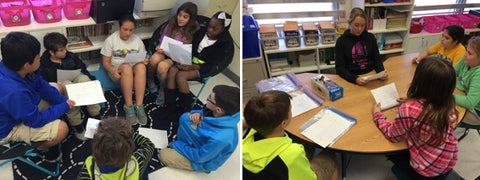
The first time I did this, I realized that some of my students were not great at paraphrasing, because they would go back and try to explain a certain fact to their group, and they would not be able to because they did not paraphrase well enough. Their sentences didn’t make sense. This was a great teachable moment! After each classmate in the group has gone, then make it fun by going around the circle again and asking questions about your information. See who in your group was listening closely and can remember the information!
3. The “Judges”:
At any point during the independent or group work, select a random group of students to go around and “judge.” This may be a reward for students who are working really hard, or it can be a great way to get the students who are not really working to get involved. The judges pause what they are doing, get up, and walk around like the teacher looking at everyone’s work. I have my judges look for something in particular (examples: neat handwriting, neat coloring, completion of assignments, compromise among members of a group, etc.) when they walk around. Surprisingly, when the students know that they are about to be judged by others, they try really hard! I am always shocked by how well this works.
 I have my students use “accountable talk” when they judge other students.
This causes less negative criticism and more constructive criticism, mixed in with some compliments (my favorite part to witness!). The accountable talk form I use can be seen here and downloaded in the packet at the bottom of the page. Students begin their sentences with these sentence starters, helping them formulate meaningful comments rather than negative or demeaning comments regarding the students’ work.
I have my students use “accountable talk” when they judge other students.
This causes less negative criticism and more constructive criticism, mixed in with some compliments (my favorite part to witness!). The accountable talk form I use can be seen here and downloaded in the packet at the bottom of the page. Students begin their sentences with these sentence starters, helping them formulate meaningful comments rather than negative or demeaning comments regarding the students’ work.
After a few minutes, the teacher calls the judges over and asks them if they were able to give constructive criticism or compliments to any of the groups. Discuss what they found as judges and then release them back to their groups. This is something I use almost every single day in my class!
There are so many different things I can do with these books in the Hameray Biography Series . The ideas above are just a few of the MANY ideas I have rushing through my head when it comes to these books. My kids are in the middle of their projects right now, and I am so excited for them to be complete! I will definitely share their completed projects on my blog .
Think about your students. Which of the above techniques will work for your class? Maybe all three, like for mine? I hope you can see how the three ideas above can be used individually, in any subject, but can also be used together. With the biography booksa, my students are using all three types listed above throughout this ONE project!
~~~
Bridget Pearsall is a fifth grade teacher who has taught for five years. Her company, Little Lovely Leaders , supplies teachers not only with lessons and activities to use for their students, but also with organizational tools for their own needs.
~~~
To learn more about the Hameray Biography Series , click here to visit our website , or click the series highlights image below to download information sheets with key features . To download the note-taking form and the accountable talk sheet, click the images to the right below!



